Visiting Farma Kounadis on Naxos: an example of the hospitality of pastoralists.
A lesson from my travels: how to welcome someone into your home.
At times, the stated purpose of my project is overshadowed by subjects I was not intentionally seeking to learn about. The path of learning has a life of its own, and takes unexpected turns. Over the last 5 years of nearly constant travel I’ve met and spent time with hundreds of people, slept in countless homes, huts, and tents. I’ve been welcomed to pull up a seat at campfires, inside shepherd shacks, to eat at a multitude of dinner tables. I say I’m studying cheesemaking, but it turns out im actually learning about hospitality and kindness. I’m learning about how to treat other humans, how to extend a helping hand, and how these forms of trust and openness are things many cultures share. This seems to be especially strong among pastoralists: people whose livelihood revolves around the raising of livestock on rangelands. It is exemplified in the unconditional offering of meals and lodging to me, a stranger who simply expressed interest. Who knocked on the door.
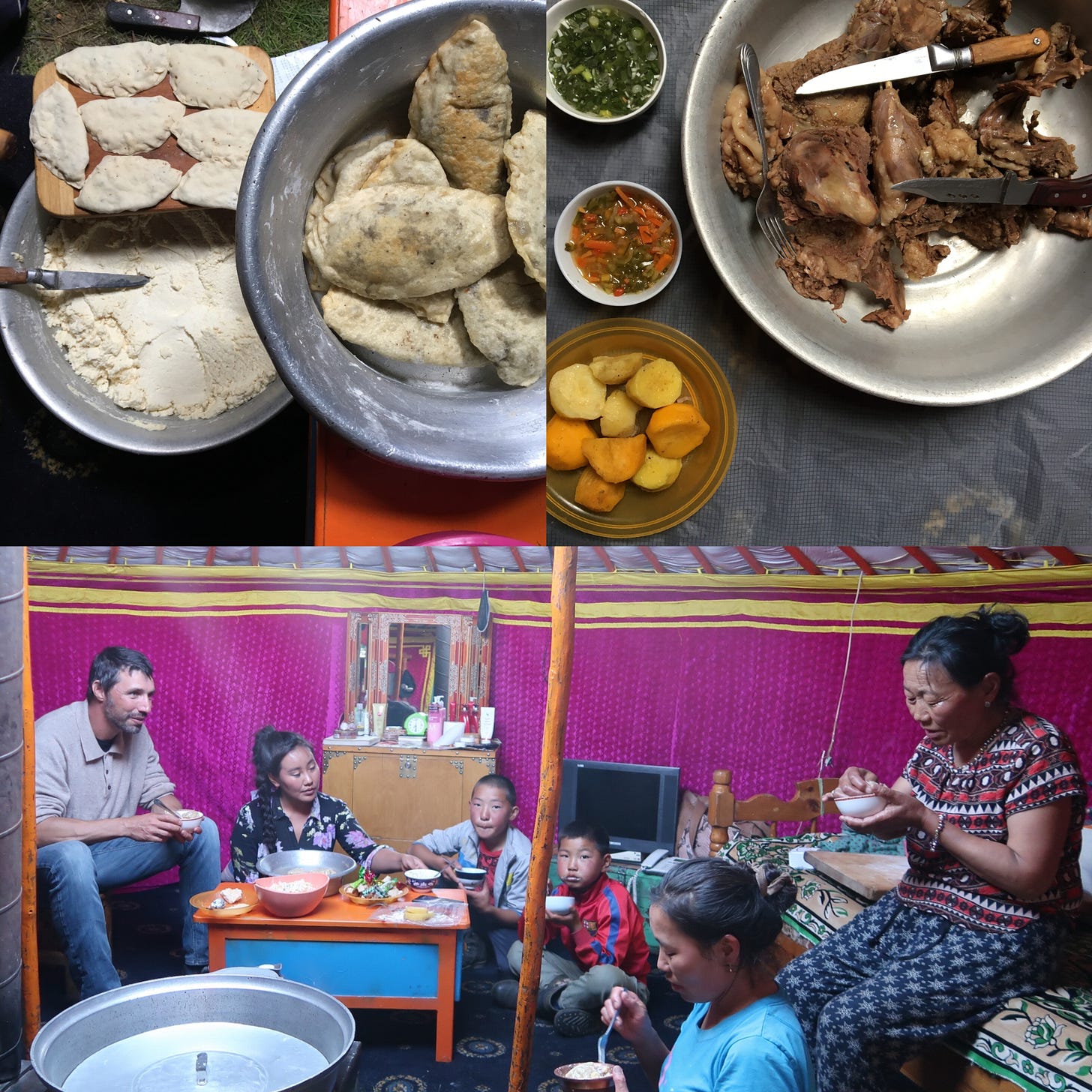
Follow This Link for more on the pastoralism and dairy sovereignty of Kelmend, Albania.
Arriving on the Greek island of Naxos, I had some contacts, but no solidly planned visits with cheesemakers. I was in touch with a butcher and chef named Laris whose family runs a traditional Taverna called Vasilarakiou that I adore. It is in a small mountain town called Kinidaros, where I spent a week with my friend Chelsea. Laris put us in touch with a shepherd named Dimitris, who invited us to come see his animals. Dimitris picked us up in the morning, driving a rough dirt road to a rocky ridge line farm with fantastic views of the coast and high peaks. We were observed skeptically but without fear by the large groups of sheep and goats who where impatiently waiting for their breakfast. Large troughs were filled with a grain mixture including a byproduct of cotton growing, and locally grown alfalfa that appears to be part of a rotation including potatoes, the island’s main crop.
We met Dimitris’s father, a strong, jovial man with hands etched by decades of ranching. His mother showed up along with two of his brothers. They live offsite, but had come up here to join us for lunch. I am still unsure if this meal was planned, to welcome us, or if it was more impromptu. We saw their new milking parlor, essentially inside the rocky hillside. The cheese room is small, but they are in the process of expanding. I noted some wooden implements in the stainless steel cheese vat that I had seen displayed in a museum: a many branched stick for cutting curd, and large wooden paddle for stirring.
The sheep are stunning, with long, multicolored fleeces that are sheared every year in May as it gets hot. The wool is discarded, the same tragedy I see in most sheep rich regions I visit. They didn’t even have any laying around in bags for me to take a handful of. The goats also displayed a range of colors and hair styles. This coat variation is indicative of genetic diversity. Which is a good thing, last time I checked. The horns of some of the does curve majestically behind their heads, turning back up at jaw level. Those of the bucks spiral out to the side more.
Some of the sheep display a trait most familiar in La Mancha goats; small ears refered to as “elf” or “gopher” ears.
Now is the time of the first winter rains, and the birth of lambs and goat kids. They are separated daily so the moms can go out and feed on the scrubby, chaparral hillsides surrounding the farm. The kids bounce around feverishly in a small pen just outside the door of a cinder block room painted white inside. There were two small beds, a fireplace in the corner, and a single small table. We were welcomed in and poured small glasses of the local spirit called Raki that I mentioned in my preceding post. Large chunks of their cheeses were cut. Arseniko is the main cheese of the island, a sheep/goat blend with ancient history. It had flavors that some may consider unrefined, gamey, and rough. I appreciate the bold personality, and lack of the tame, rounded, sweet flavors that too often dominate in the consistently mediocre cheeses made to appeal to “all palates”, whatever that means. I want cheese that tastes like the animal from which it came. This is a remnant of what cheese used to be. And still can be, where it is appreciated, and eaten as a part of the nutrient and flavor dense cuisine of a proud people.
The other cheese we tasted I am still unclear about. There are multiple styles of whey cheeses here, and what is likely a lactic cheese that can eaten fresh (Xinomyzithra) or aged (Xinotyro). Glykomizithra is a ricotta style that is made from the sweet whey left over from Arseniko. It can be turned into what we were eating, which I believe is called Thilikotyro. I’ve had many aged ricotta style cheeses, but none that had a texture like this. It lacked the dry, crumbly, high protein/low fat character of Ricotta Salata, or the chewy Mongolian Eezgi. There was suppleness that leads me to suspect enrichment with a heavy dose of milk or even cream. Without seeing the process, and tasting from multiple producers, hearing how they classify things, I cannot say I have come even close to unraveling the complex family tree of Naxian cheese. The best info I have found is this article from Culture Magazine.
Charcoal was lit in the fireplace, and once glowing, hunks of salt and peppered pork placed on, inside a grilling basket. Pork from the pigs kept here. We went for a short walk down to a large spring, that fed a pond and watered terraced gardens and orchards below the fairly barren rocky zone above. Pomegranate, mulberry, figs, and quince were interplanted above the dominant and water hungry olive trees. Most of the pastoralists I meet are not involved solely with livestock. They are often also hunters and foragers, and sometimes gardeners and orchardists. The animal products may be their speciality, but in a place like Naxos its almost a given that your family also produces olive oil and wine, grows fruits and vegetables. These highly traditional cheeses I seek are never found in isolation. They are always deeply intergrated with wider food systems, crafts, and human living arrangements.
We switched to the local red wine. I have had these experiences many times, of being welcomed to a meal in what appears to be a ramshackle compound of cinder block buildings and frugally maintained DIY fencing, plastic shit everywhere. I knew what to expect. These are the meals I live for. The hospitality of pastoral peoples is expressed in the bounty and quality of their larder. It is apparent in their healthy exuberance, sharing the fruits of their labor, this lifestyle that they are maintaining out of pride, and defiance. The meat of their herds which are the living, tangible wealth of these families. Animals fed on the lands these families have stewarded for years and generations. Animals sacrificed by the same hands who tended them from birth. This is as good as meat gets, and the portions would make a self-flagellating flexitarian cringe in meat guilt.
Soundscape: pork sizzling on coals, while a family converses in melodic greek. The lack of a common language can add a magic dimension to these experiences. Words can get in the way of direct sensory participation. The noises and motions of eating and drinking are their own, non-linguistic form of communication. I conveyed concisely my feelings for this tender, perfectly seasoned pork with groans and lip-smacking. Wild oregano and self administered squeezes of juice from a half lemon. Mmmmm. It was erotic. A simple side salad of cukes and toms, olive oil, and wine vinegar. Slices of white bread grilled on the coals, then slathered in oil and herbs. A bowl of olives, which it seems are always exceptional here. It’s just the food people eat, very high quality, zero pretension or excessive fanfare. Just real food, made from the ground up by proud people, shared as a matter of course, unconditionally.
Then came the fried potatoes, which Naxos is famous for. When you order a meat dish at a restaurant, it is taken for granted that the most amazing fries will be served as well. With no sauce. I was scared to ask for ketchup for fear of being tarred and feathered, then chased into the sea like the lice-ridden mongrel puppy that I am. Sauce is a touchy subject. Best to follow local custom, and not voice your own sauce-pectations. Leave that shit at home, get out of your sauce comfort zone. The fries are made from potatoes grown here, which are washed after being cut to remove some starch, then kind of braised in oil rather than high temp fried. They don’t feel as heavy and greasy as soggy pub fare, but aren’t super crispy either. They are lightly golden, a blend of whisper thin crispy outside, and creamy tater comfort inside. They taste like potatoes, but even more so. They taste like love.
I would have been content with the first pork slab, salad, and serving of taters. But the general global rule is that hospitality = putting way too much food in front of someone. I waved no with my hands and head in vain as the second pork chop landed on my plate. Then a sausage. Many more glasses of wine. I attempted to insist I was done, sighing and patting my belly. Dmitris father looked upset, and threw a large juicy loin looking cut at me. It nearly knocked me out of chair. I had to try it, but could only manage one bite. He kept encouraging me with hand gestures to eat more. There is never any sense in these situations that you should be modest, or have hesitation in going for seconds. Quite the contrary. They want you to eat as much as you possibly can.
That’s how you make someone feel welcome.
That’s hospitality.
Manga. Eat! Drink! More!
Grandmas the world over will insist on this, with direct signals. You don’t need to understand her words. I hope that we all speak the language of food, which is the language of love. The language of life. Food is life is love. Or it can be, at its best, in meals like this, that I will never forget.
Dmitiris saw my fascination with some hand woven cheese baskets, and gave me one. He gave us two large half wheels of Arseniko, and T-shirts, then drove us back to our car, stopping to see the village Raki production. The fact that these are not one-off experiences, but a pattern, reaffirms my faith in the common decency of human kind. This is at our core, and can still be found where human social arrangements havn’t been fully eroded by the ethics of mass consumption, where people have upheld the dignity of their work. Where people have stayed, and kept the fire burning, the door open.

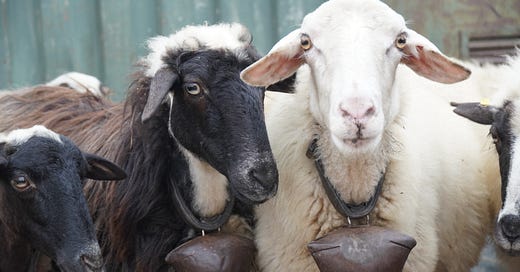


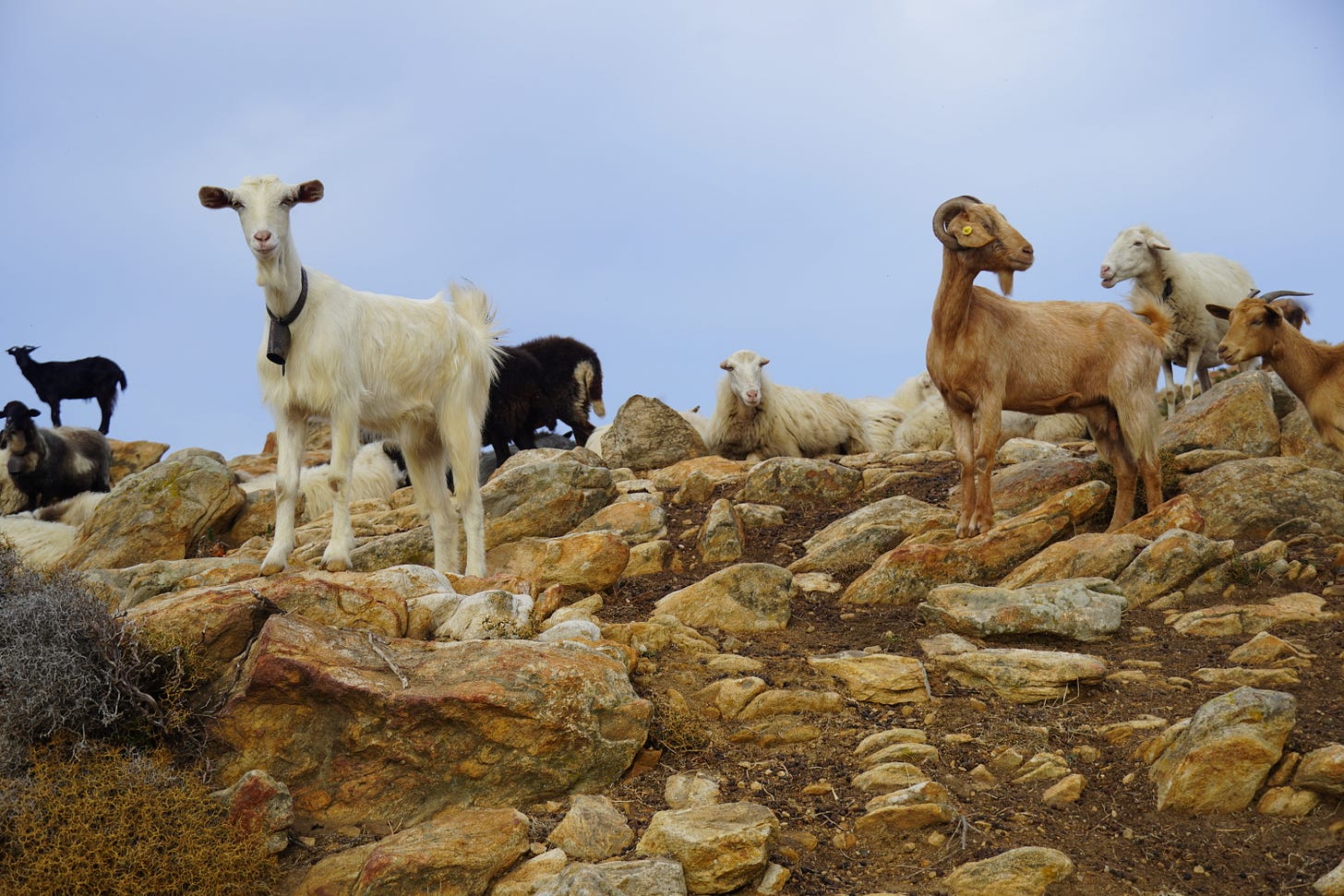

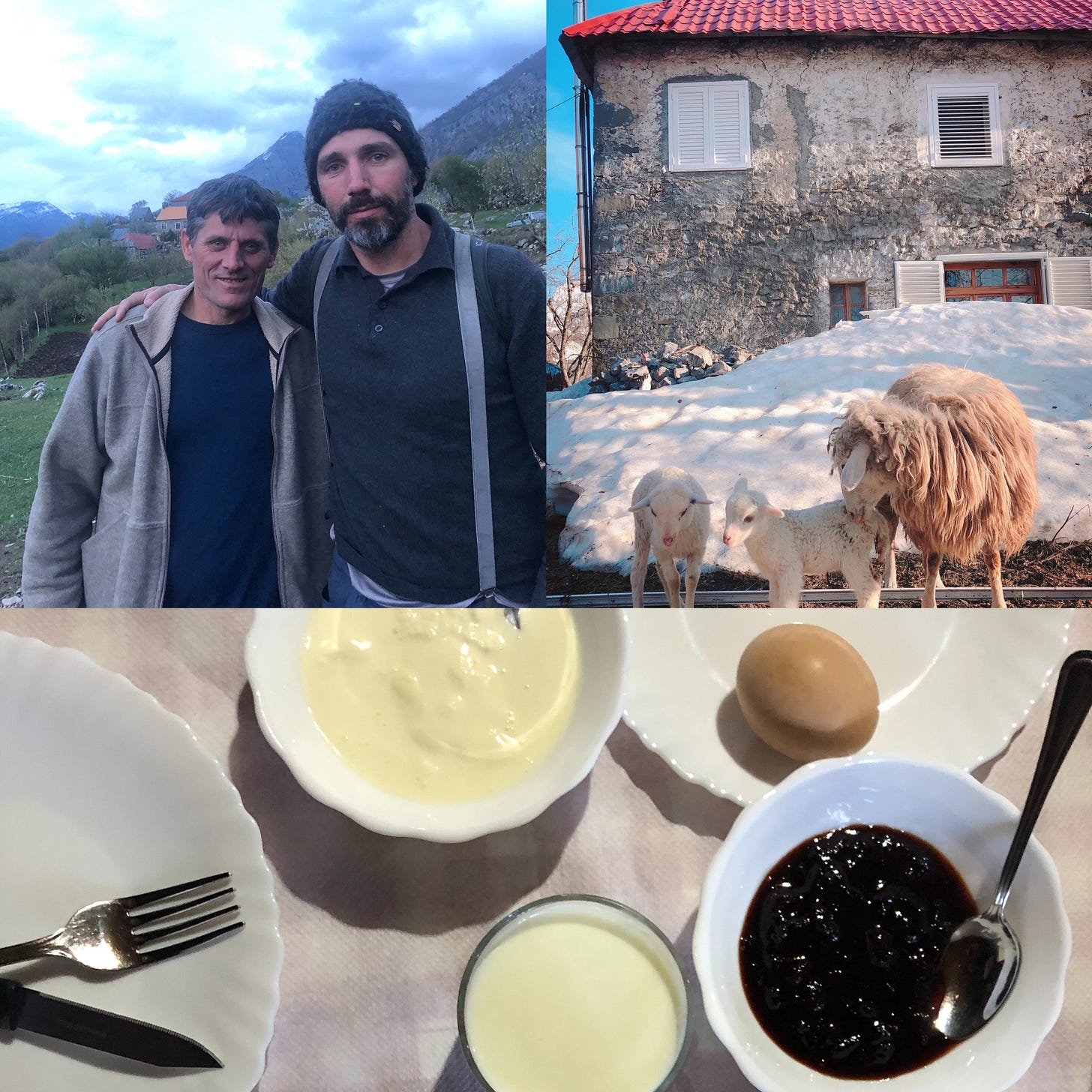
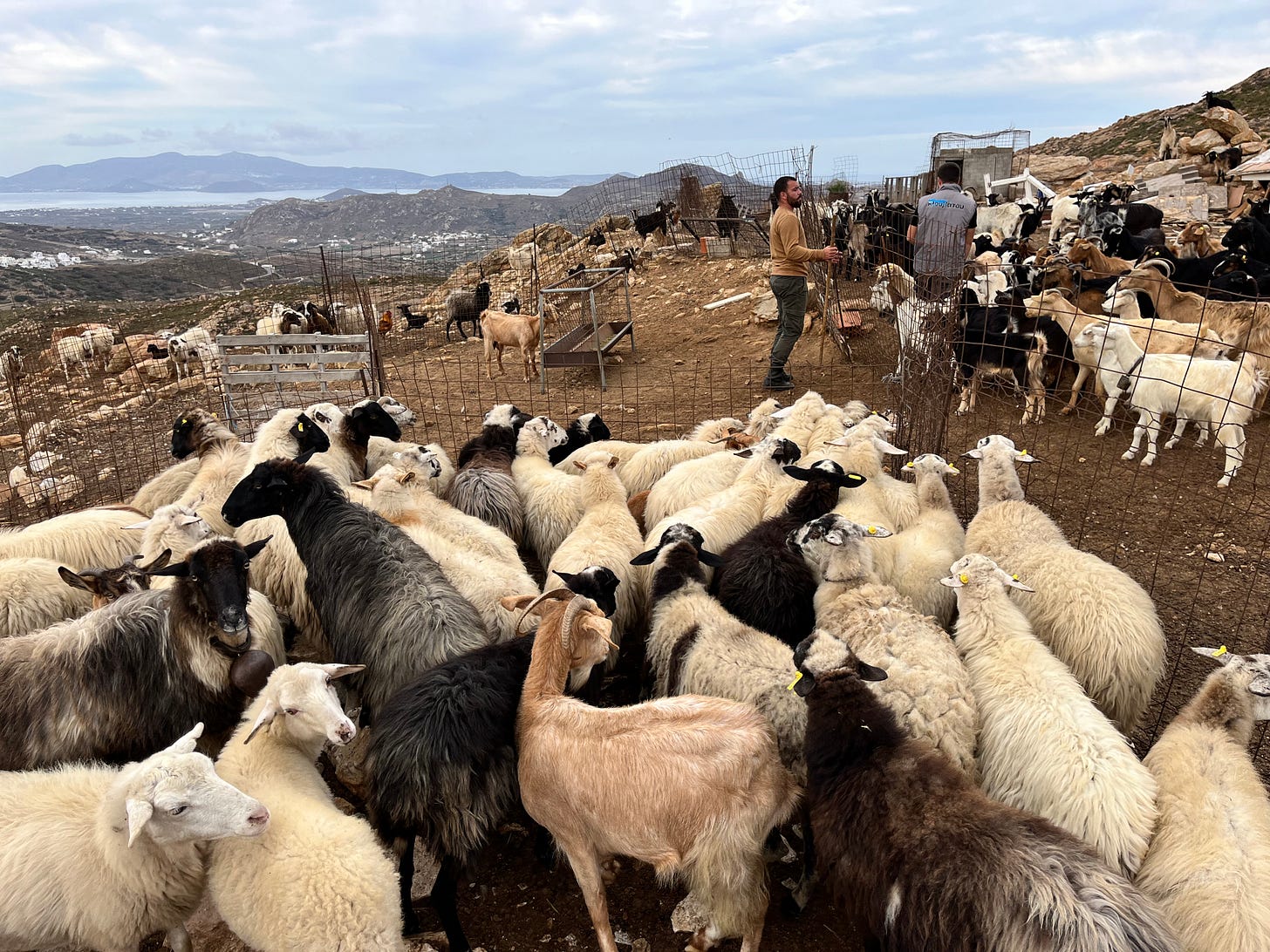
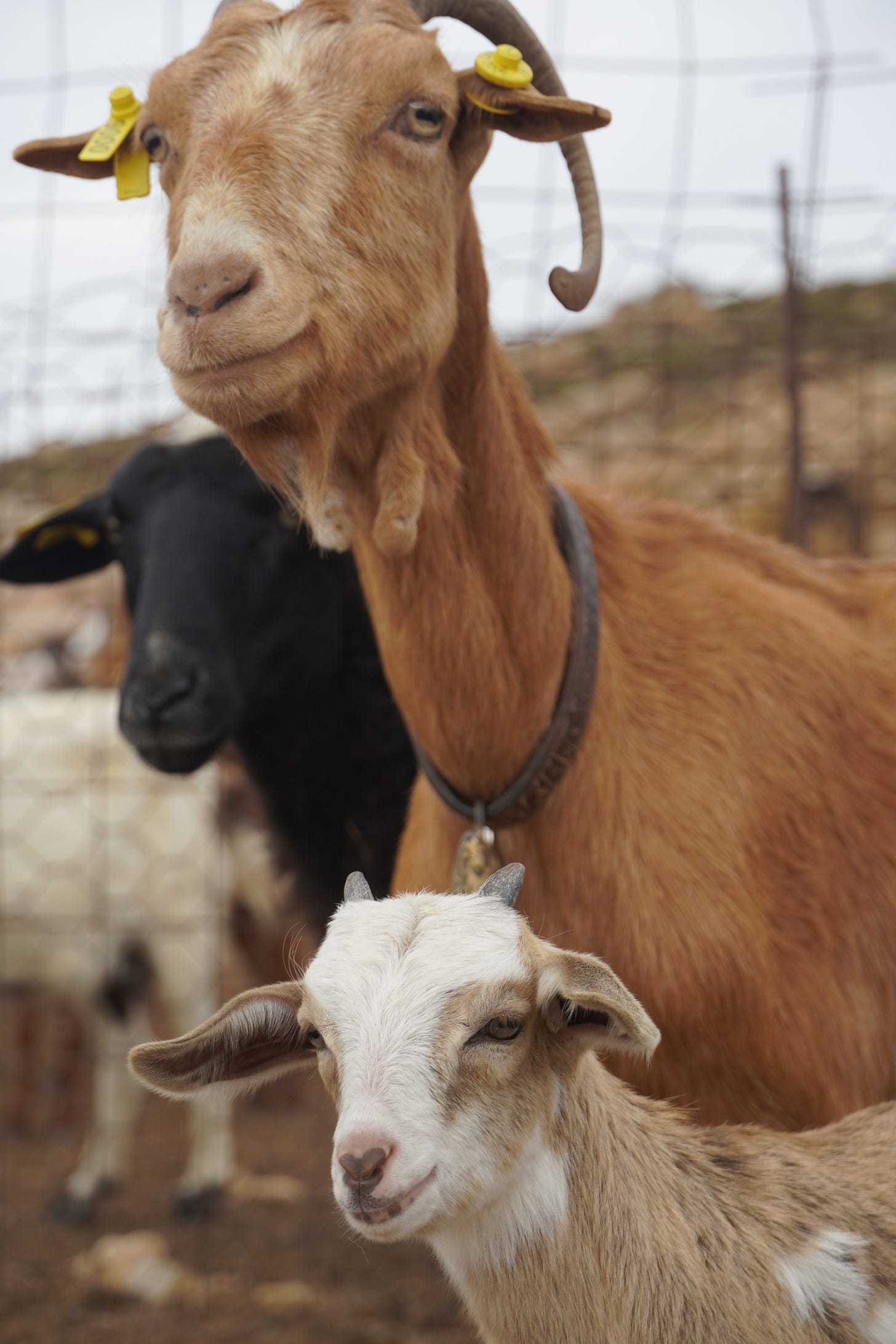
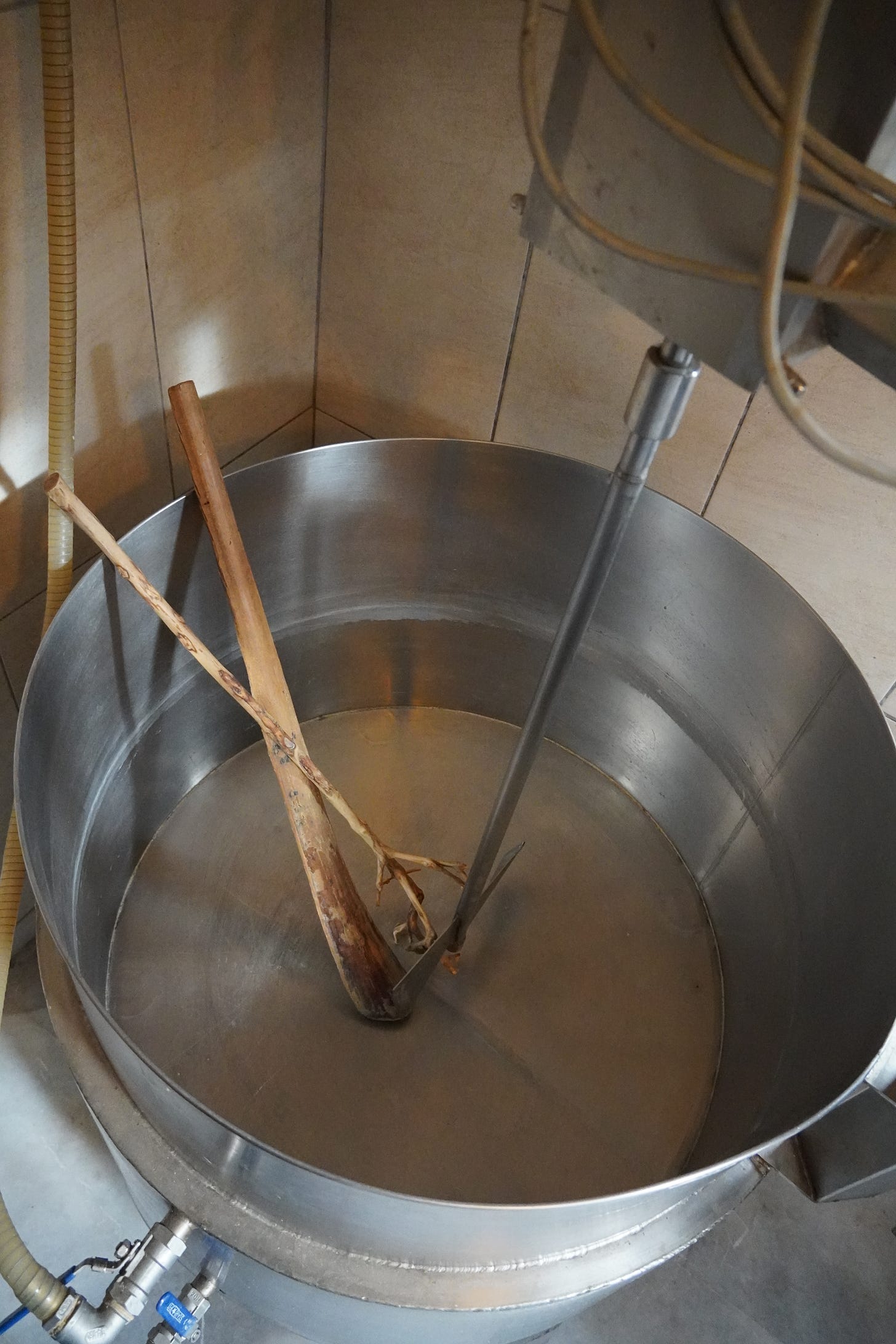

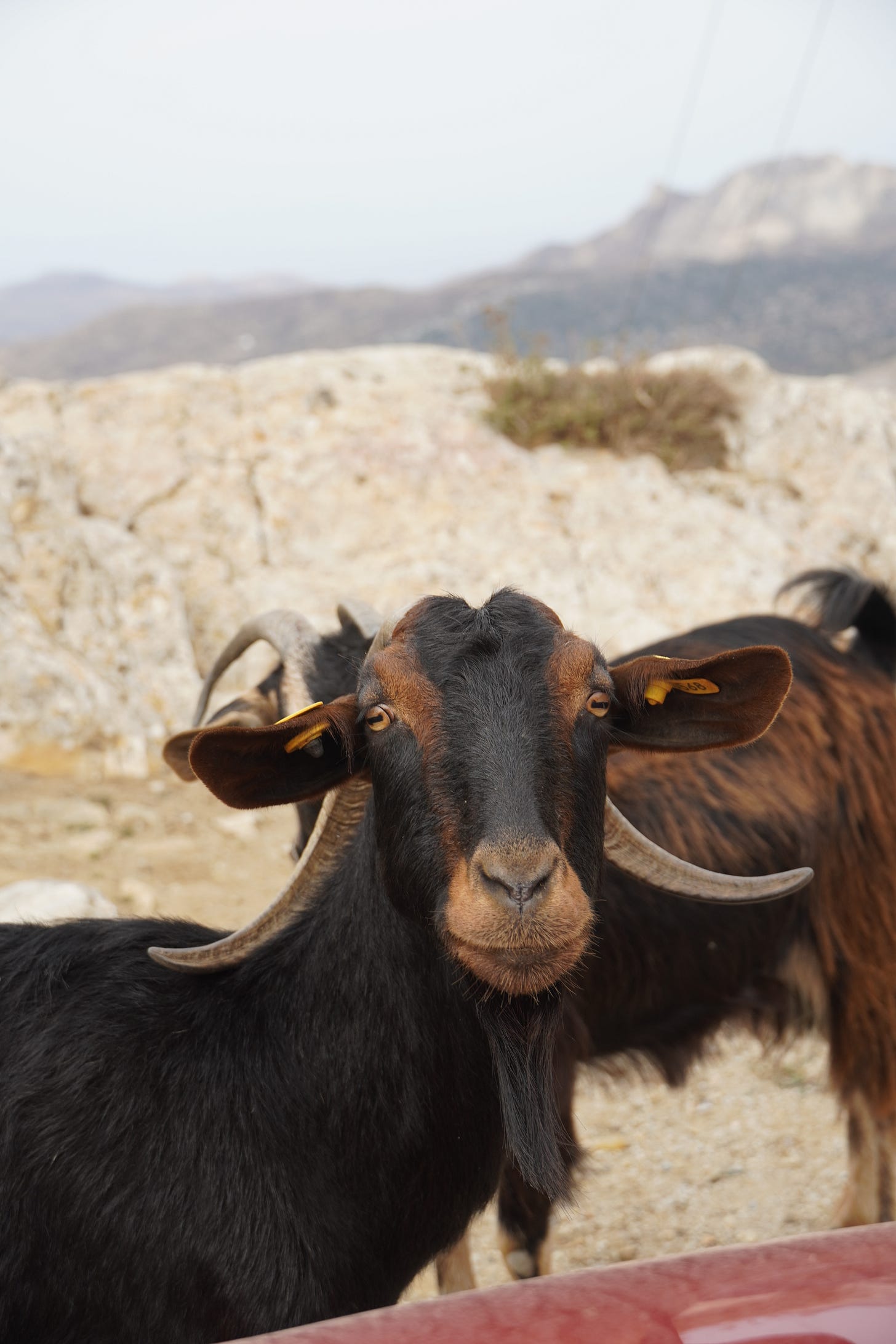
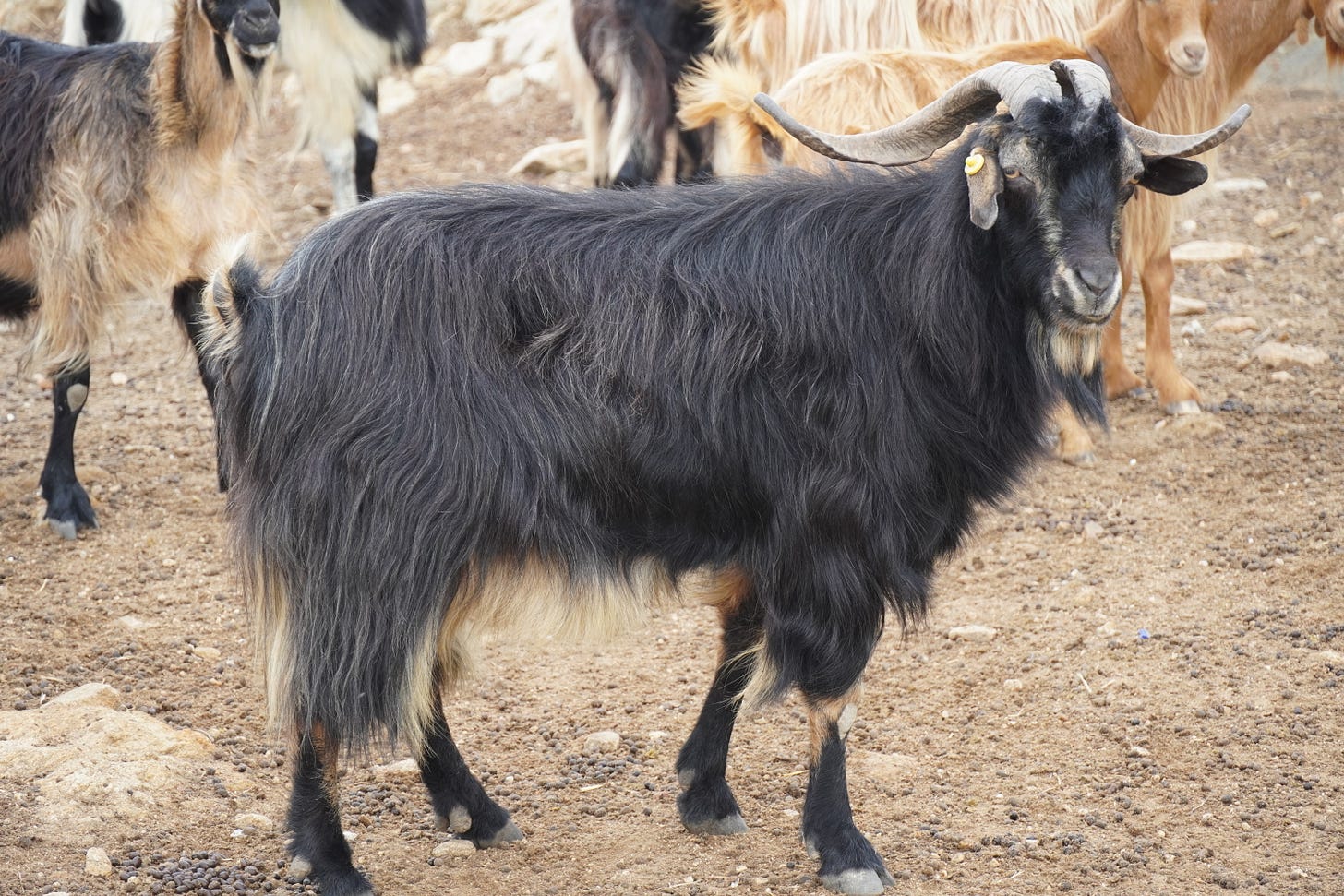
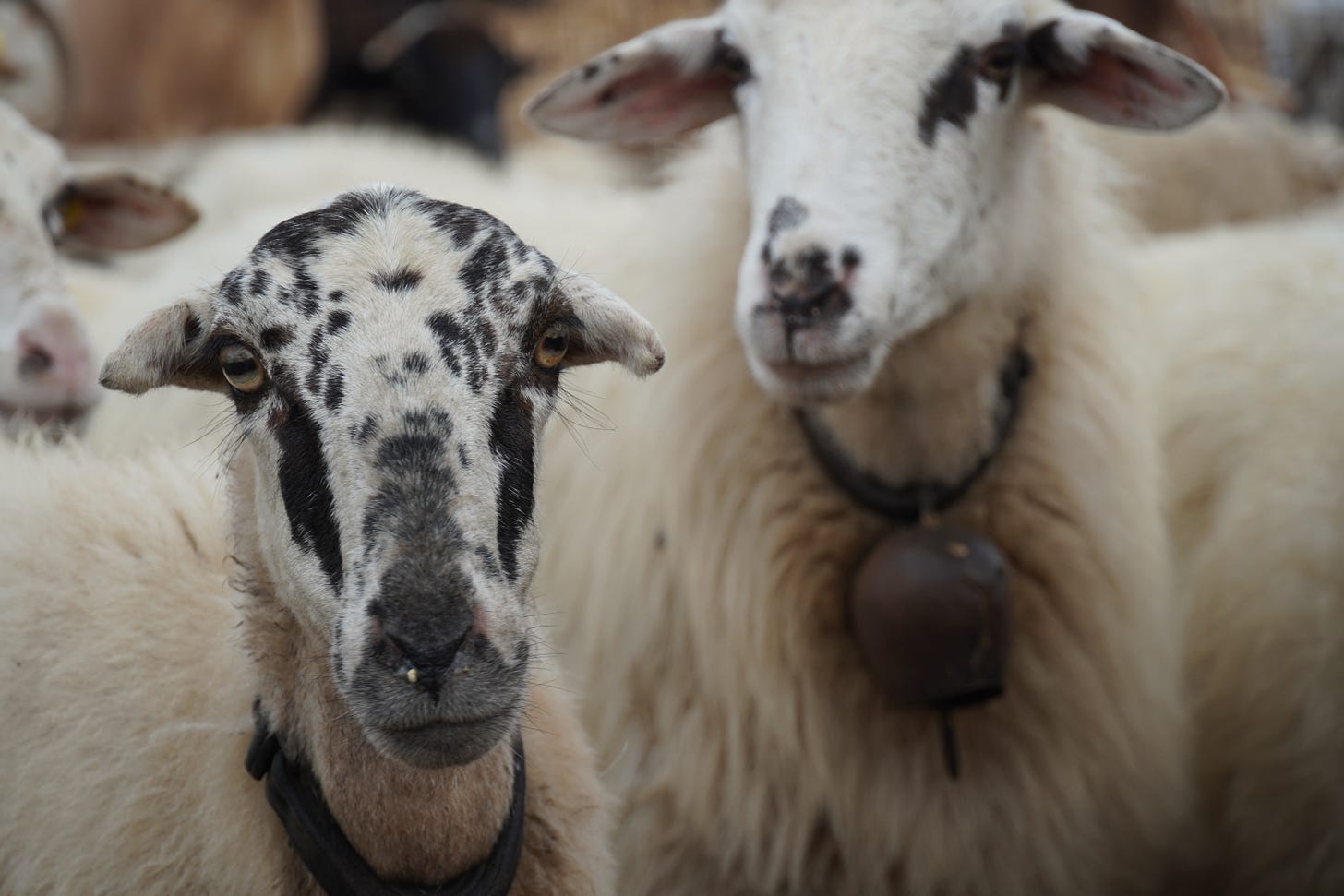
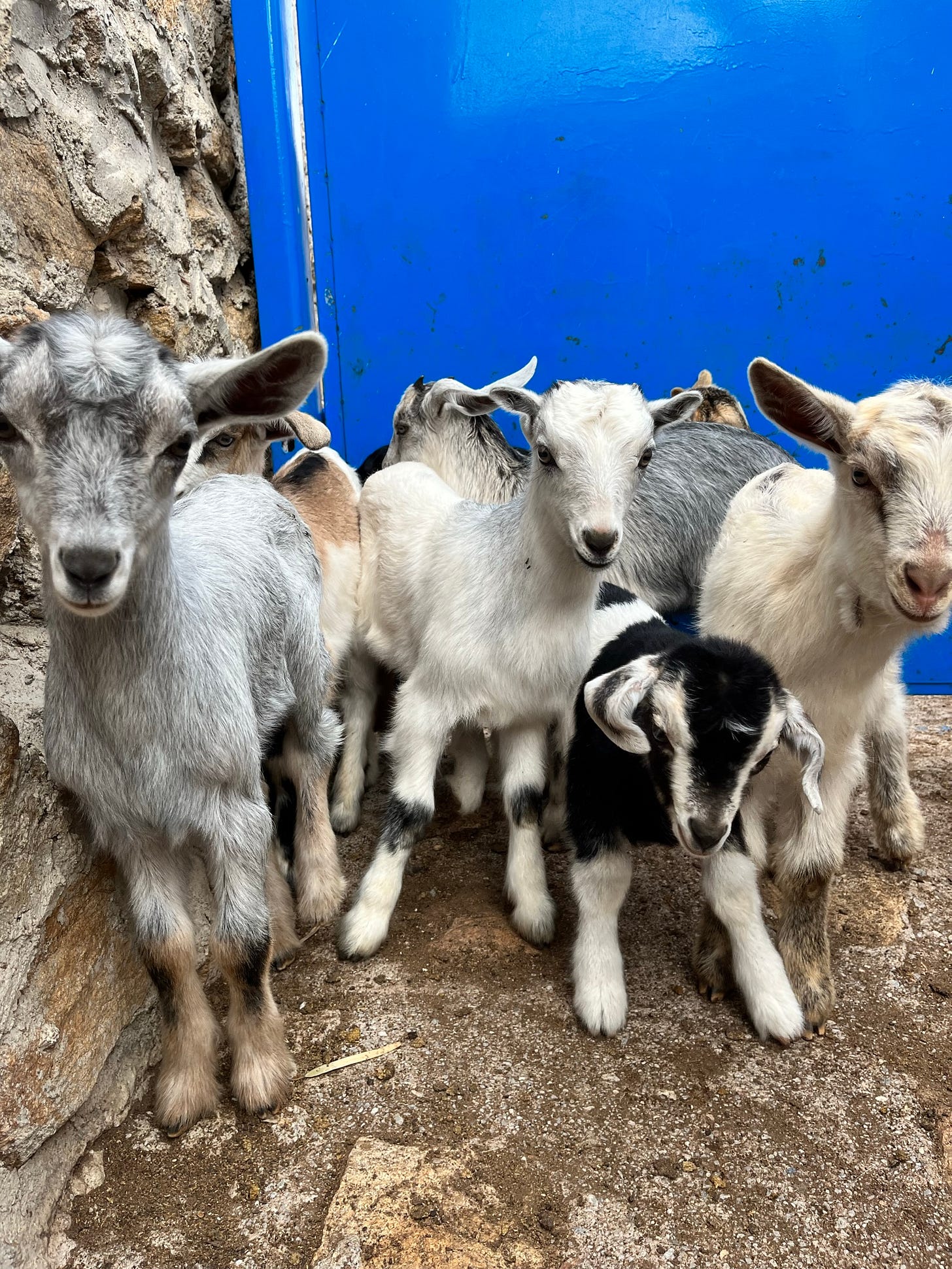

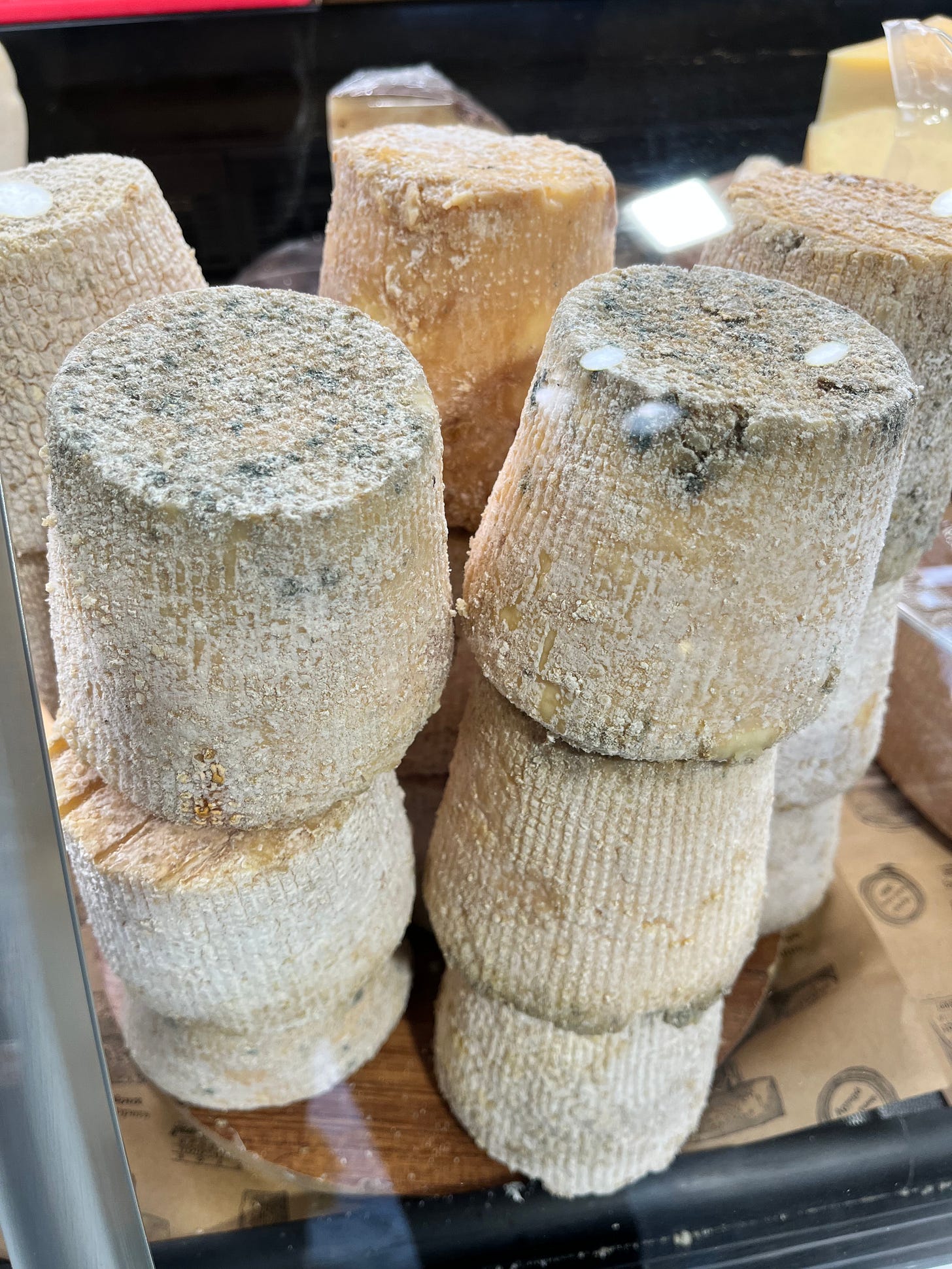

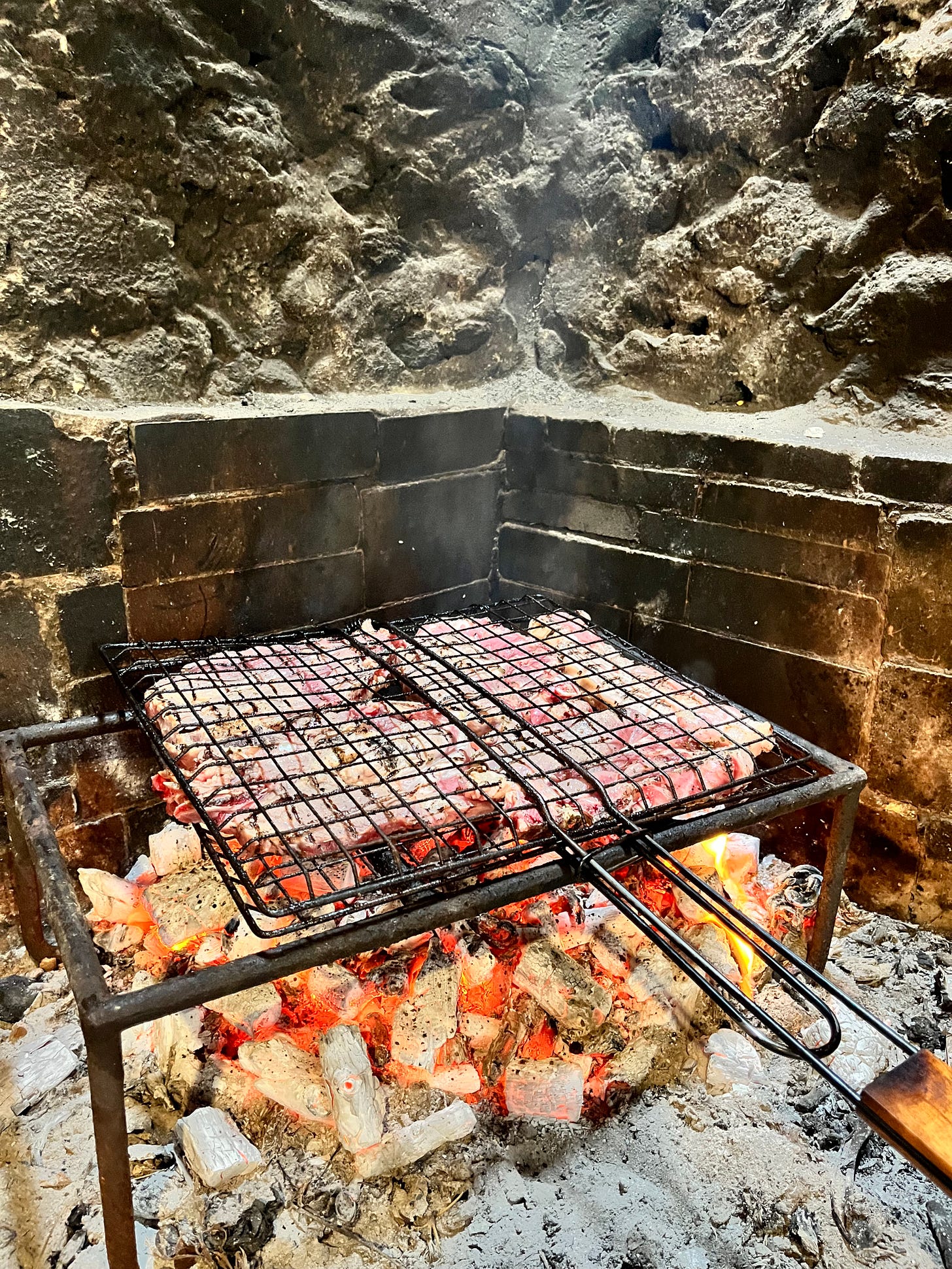
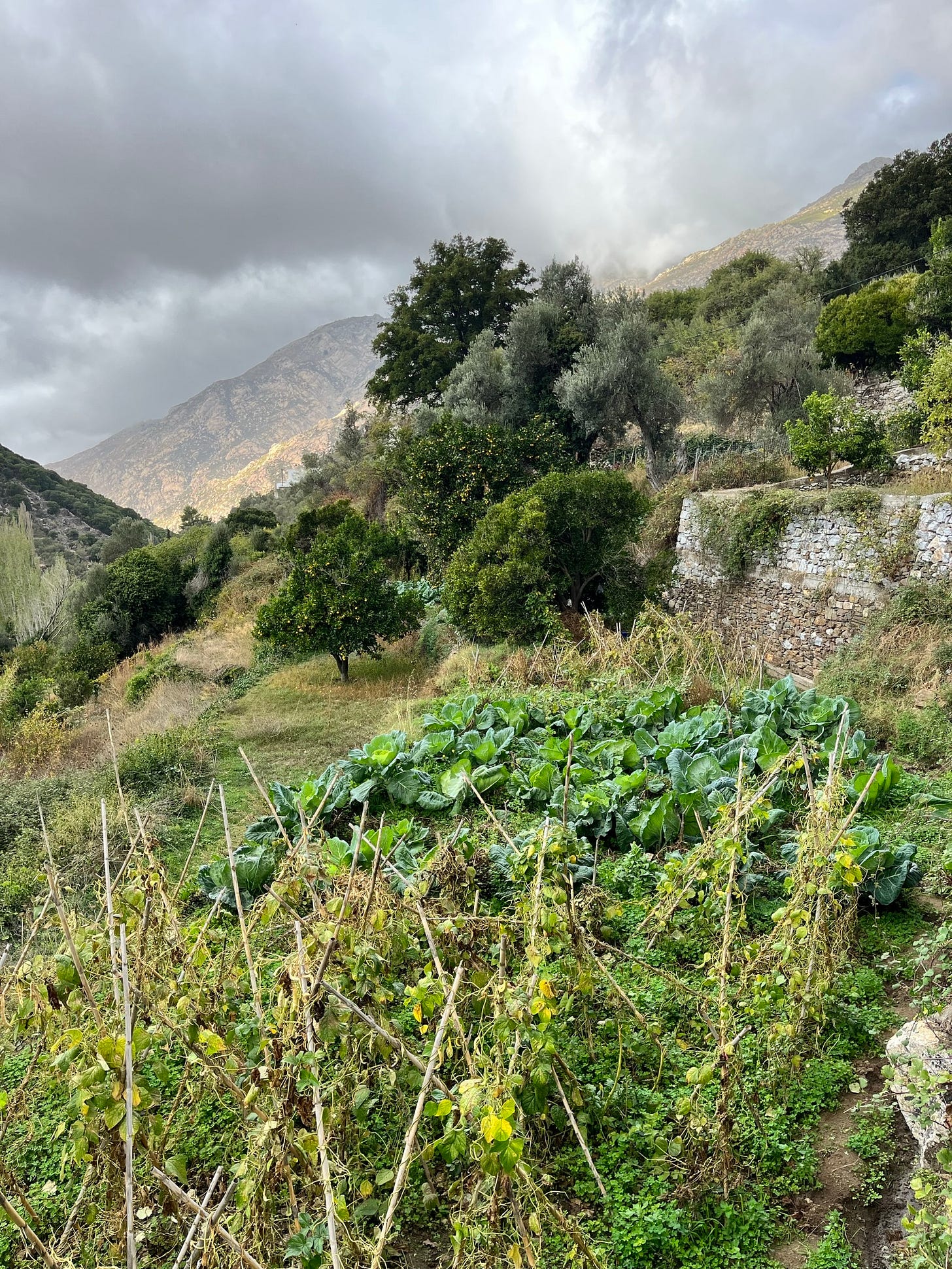
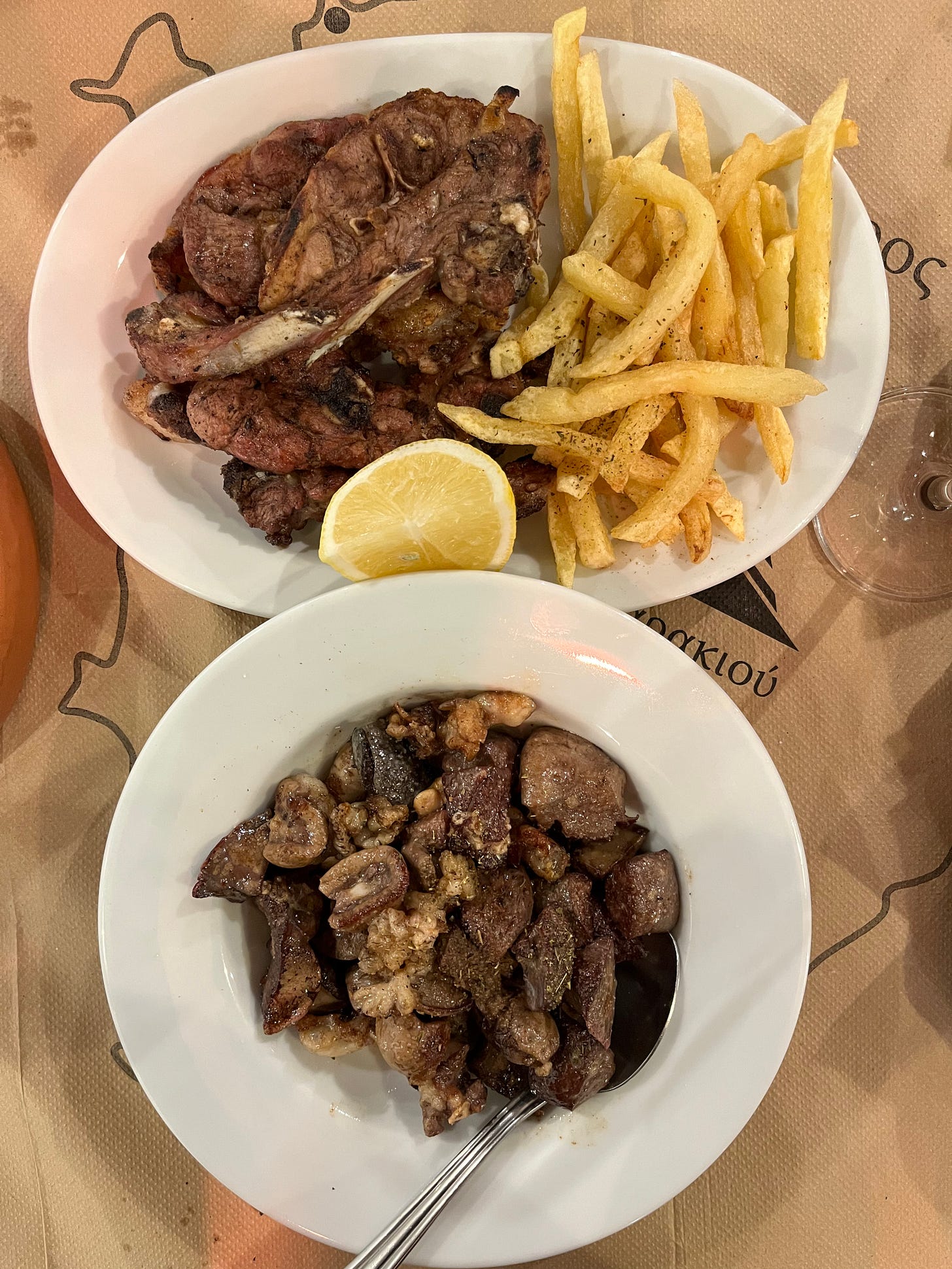
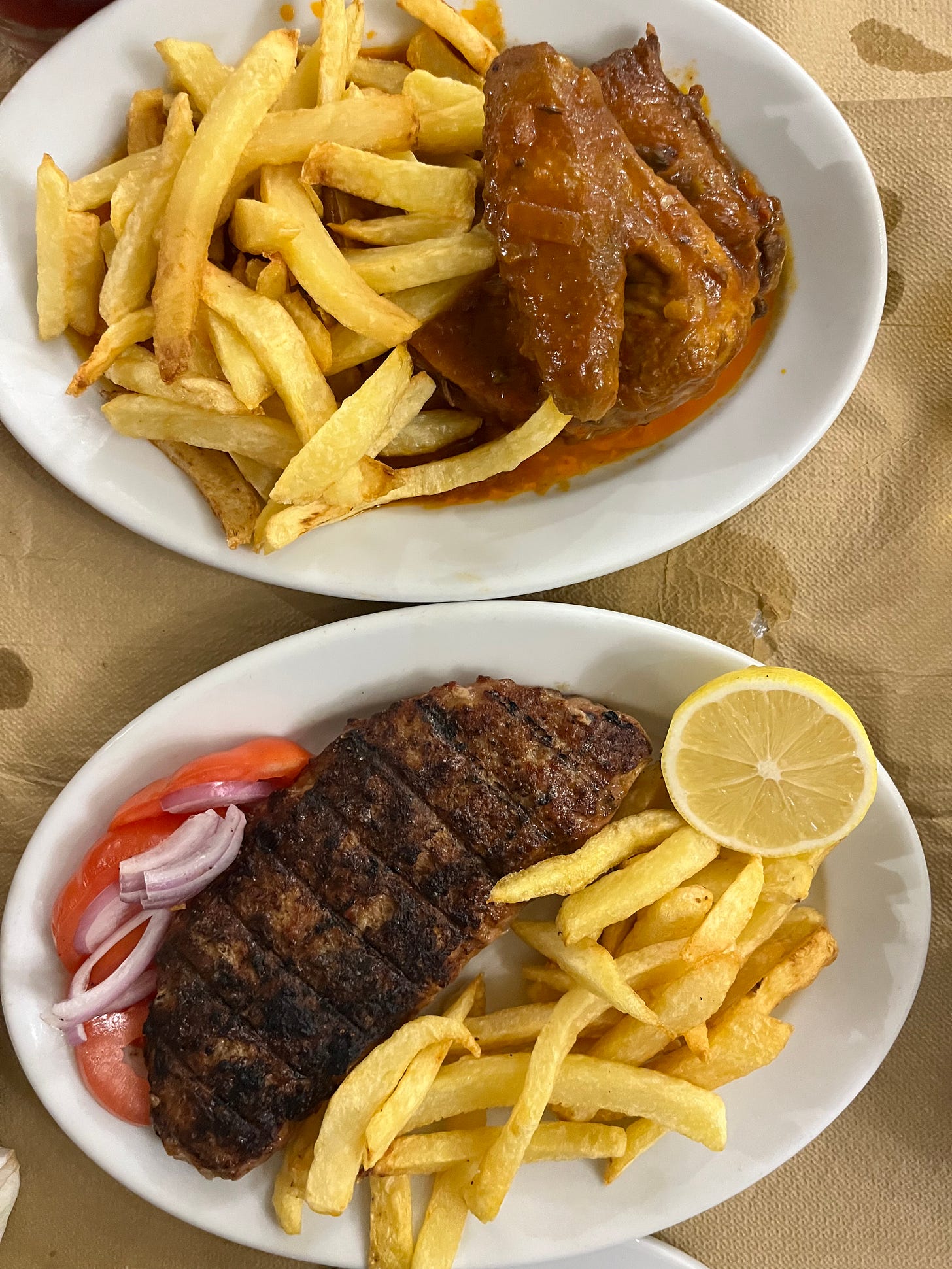
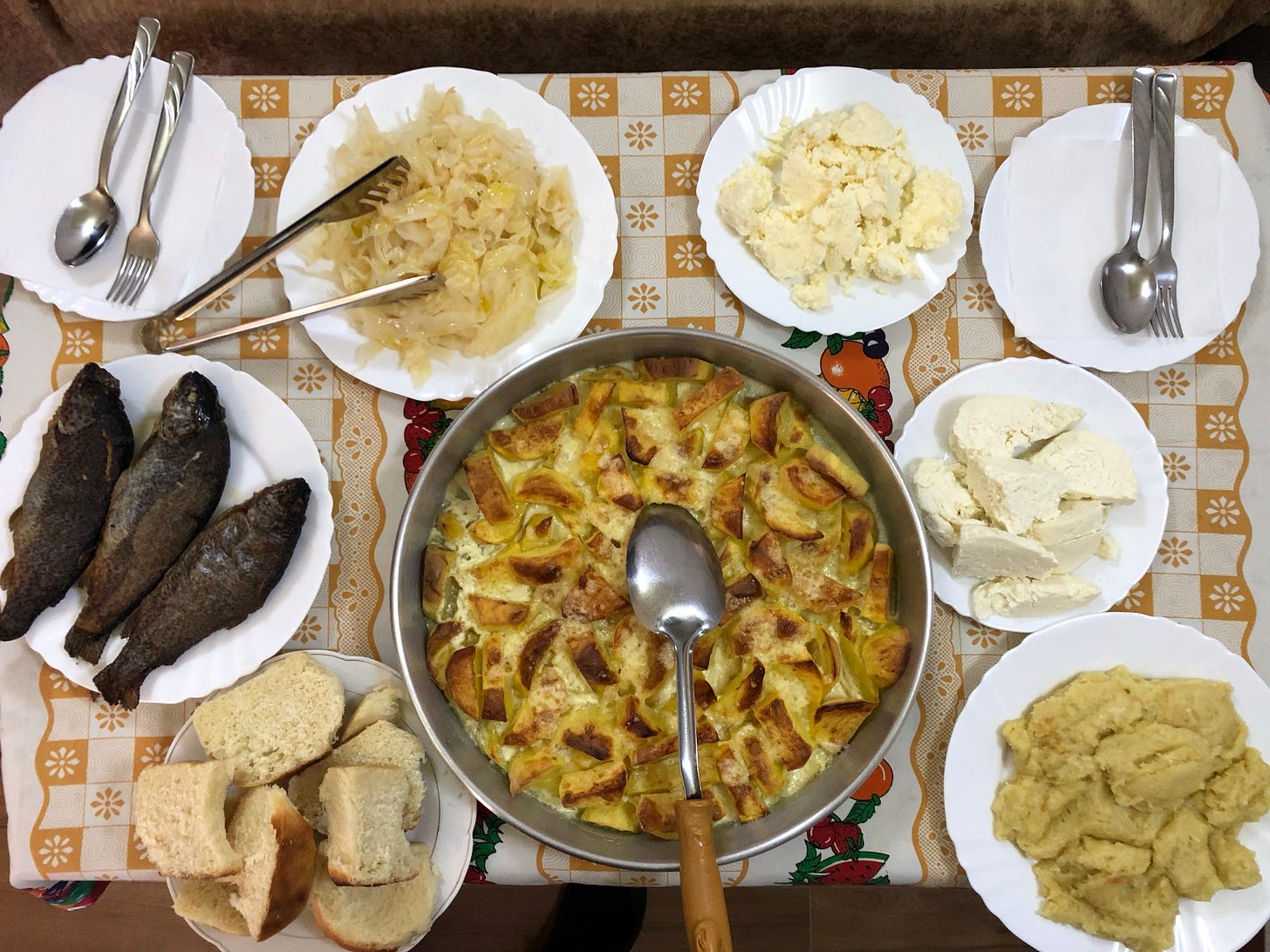
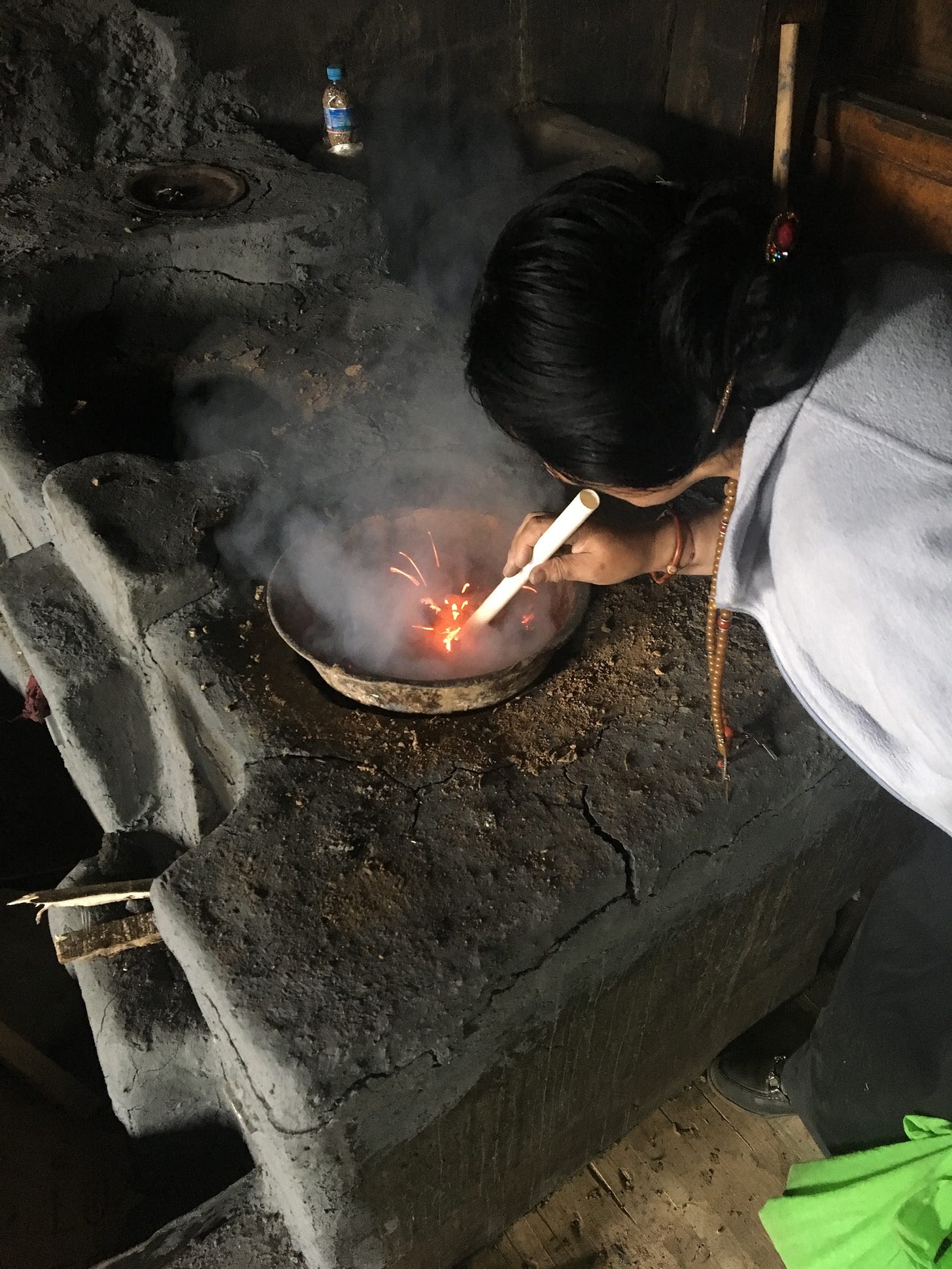
Thanks for sharing.
Leave that shit at home, get out of your sauce comfort zone 😂
Loved this. I do feel very sorry for you at having to eat so many servings of that awesome food. The kindness of strangers. For all the shit that goes on in the world and all the despairing and wringing of hands, there’s this welcoming a stranger into a family meal with hearts wide open. This is being a good human. With love and respect for each other and for all the animal and land under their care. Thank you